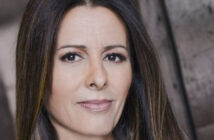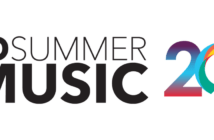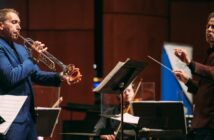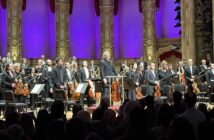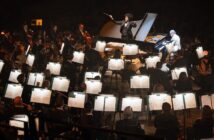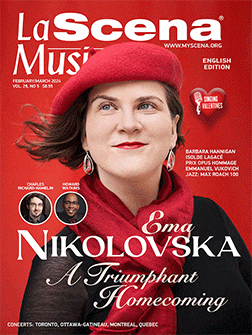
This page is also available in / Cette page est également disponible en:
![]() Francais (French)
Francais (French)
Les Violons du Roy and La Chapelle de Québec join forces to present two cornerstones of the choral repertoire: the requiems of Fauré and Duruflé. The concerts will be conducted by Bernard Labadie, and will feature 27 orchestral players, 30 choristers, organist Thomas Annand, and vocalists Magali Simard-Galdès, Julie Boulianne, and Jean-François Lapointe.
These concerts were originally scheduled for the ill-fated 2019-20 season, and will now take place exactly three years after the start of the pandemic. There is notable poignancy in finally performing these lamentations for the dead after a period of such grief. Laurent Patenaude, Les Violons’s artistic director, points out that many of the orchestra’s loyal audience members were lost to the pandemic, and sees these performances as a way to pay homage to their memories.
According to Patenaude, Thomas Annand is perfectly suited to interpret this spiritual repertoire. As these concerts will feature the more intimate arrangement of Duruflé’s Requiem in which the orchestra is replaced by an organ, Annand is assuming a crucial role. “We have to consider that the organ player is a soloist, and Thomas Annand is one of the best organists in Canada,” says Patenaude. “He has extensive experience in church music. He knows exactly what the purpose of the music is, and the spirit we have to build.”
Duruflé’s Requiem, while building on the tradition that Fauré established 50 years earlier with his own requiem, also draws inspiration from Gregorian chant dating back to the Middle Ages. Like Annand, Bernard Labadie possesses a background in religious music that uniquely qualifies him to conduct this music, having studied Gregorian chant at Solesmes Abbey, a Benedictine monastery in northern France renowned for its revival of the traditional musical style.
While these two works certainly find their roots in liturgical texts and music, their enduring popularity lies not in their religious sentiments, but in the comforting and serene perspective they adopt toward death, something that sets them apart from the fiery requiems of Mozart and Verdi. Fauré himself was not very religiously-inclined, and may have composed this piece simply as a tribute to his late father. As he reflects on Fauré’s masterpiece, Patenaude mentions the recent passing of his own father and notes the way that these requiems invite contemplation and the processing of grief. “I think we need this kind of music more than ever,” he says.
Les Violons du Roy and La Chapelle de Québec present Fauré Et Duruflé, Deux Requiem, Feb. 14 and 15 at Quebec City’s Palais Montcalm and Feb. 18 at Montreal’s Maison symphonique.
www.violonsduroy.com.
Playlist
This page is also available in / Cette page est également disponible en:
![]() Francais (French)
Francais (French)






